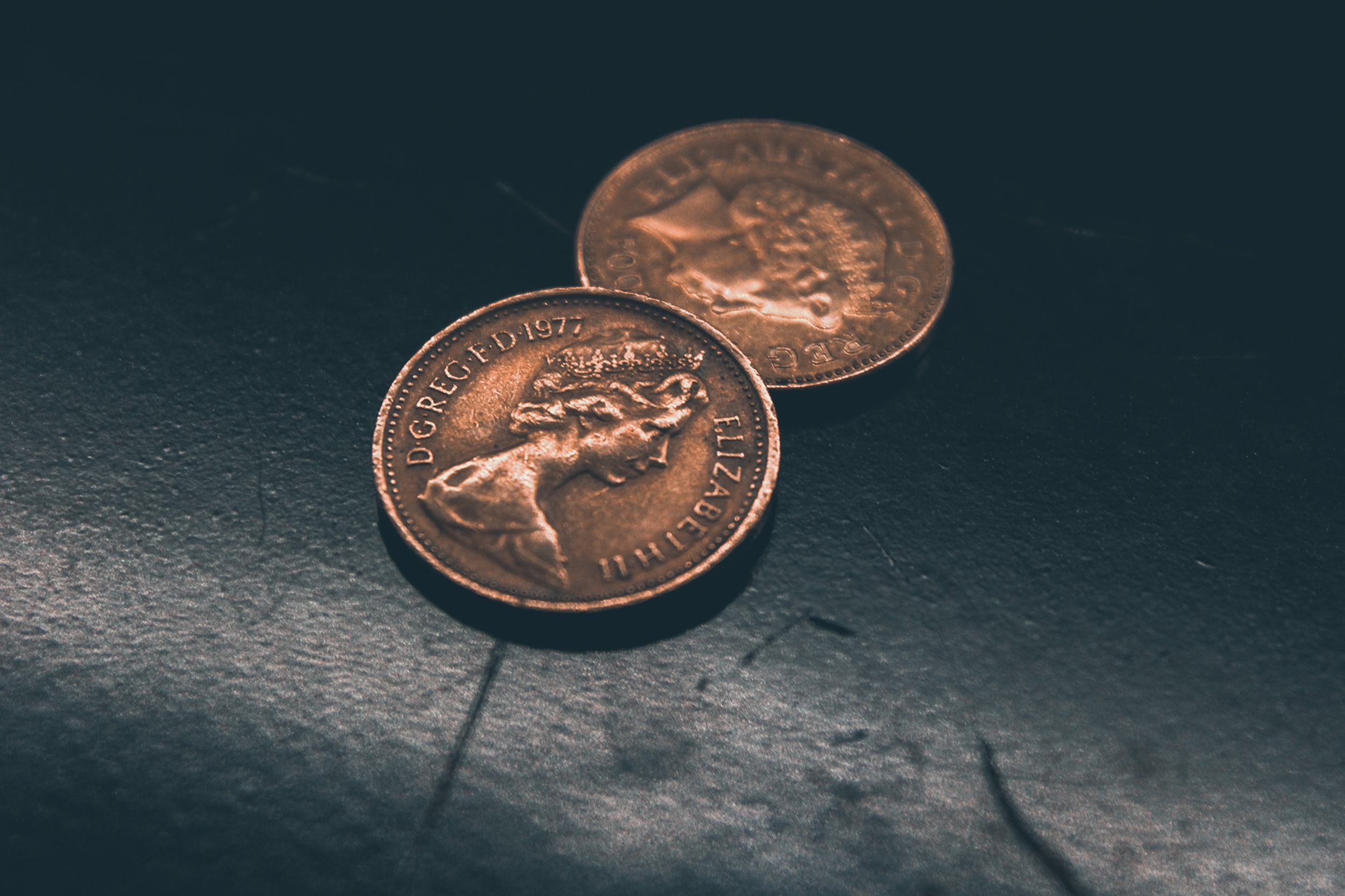
In an age filled with television, social media and all of the technology we could ask for, it’s hard to imagine a time where people couldn’t ‘virtually’ see each other, including their own Monarch or leader.
However, centuries ago most people would have only seen the face of their leader on a coin, with the obverse side depicting the image of a monarch or leader for thousands of years. We’ll be taking a look back at coin portraiture throughout the ages, and how dramatically this has changed.
Early Coin Portraiture
While coin portraiture has remained a constant, the nature of these portraits have changed significantly over the years with ancient Greek coin portraiture that was an incredibly high standard, to the Romans who put their current Emperor on their coinage in the same way we do today. The Dark Ages and early medieval era was a time of ‘low calibre’ portraiture, while the Renaissance in many respects returned us to the standard the Romans had reached earlier.
The most notable coinage portraiture follows from the Tudor dynasty and the rise of Henry VII, who issued coins with a sure likeness of himself. Henry VIII, who even allowed for his portrait to be updated as he aged, later continued this approach. He began with an issue showing him as a young man, which led on to later issues portraying him as the ruling King we are all more familiar with from paintings and literature.
Left or Right Facing?
From around the time of the restoration, it became customary for a monarch to face in the opposite direction to their predecessor, for all coin portraiture. It is thought that this was started because Charles II wanted to be seen as turning his back on the Commonwealth, but this is by no means certain and it may simply have been a new and stylistic way to differentiate each successive monarch.
Later down the monarch lines, Edward VIII made it known that he found the whole thing trivial and wanted to face left on his coins to show off his of-the-times hair parting. This is also the reason no circulation portrait coins of Edward VIII were ever issued, as by the time the disagreement between him and the Mint was settled, he had decided to abdicate.
Ironically, Edward VIII actually won his argument and The Royal Mint agreed that they would have in fact shown him on coins with a left-facing portrait.
Tradition was then maintained when George VI was shown with a left-facing portrait, to follow on from what would have been a right-facing Edward VIII.
Longest Reigning Monarchs
With Queen Victoria’s remarkable reign, several changes were made to her coinage portraits over the years. Her first coins were issued in 1838 and featured a younger portrait by William Wyon RA, there was later a Jubilee portrait introduced and struck from 1887 until 1893. In that same year, her final portrait was introduced showing Queen Victoria in a crown and veil.
Another example whom we all know well is Queen Elizabeth II, who ruled for longer than any other monarch in British history. During her time on the throne, she had her coinage portrait updated four times since it was introduced in 1953. The first portrait shows her as a young woman, marking the start of her reign, while the portrait we all have become accustomed to today is a more familiar likeness that was unveiled in 2015.
Now, the changing faces of our leaders can also be viewed through a seamless and interchanging means of technology via the television or the internet; but this does not make coin portraiture any less significant or meaningful. Through the portraits of her that have appeared on the coinage of dozens of nations around the globe, Queen Elizabeth II has the world’s most recognisable face. It’s enough to make even the mightiest of Roman Emperors jealous.
King Charles III’s Coin Portraiture
King Charles III inherits a very different world to that which his mother, Queen Elizabeth II, did when she stepped into the role in 1952. He has spent over seven decades preparing for his role – a lifetime apprenticeship. While the world debates what sort of monarch he will be, the simple truth is that he will be different to his mother.
It’s a different world after all: his accession was announced in an instant on social media, and his accession ceremony was broadcast live to hundreds of millions of households around the globe. The most important thing for all of us, is that with the accession of our new king, a thousand years of Britain’s monarchy endures.
Following tradition, King Charles III now faces the opposite direction to his mother, Queen Elizabeth II on his coinage. However, his coinage will also be different for many reasons. Firstly, Elizabeth II produced coinage in both pre-decimal and decimal eras, whereas Charles will only produce decimal coinage. He will also have less variety in circulating coinage, although, his reign will start with commemorative coins in full steam, so his reign might have more different coins simply because there are now more commemorative coins than during his mother’s reign.
You can acquire these new sovereigns of King Charles III, facing the opposite direction of his predecessor, Queen Elizabeth II, HERE.
